Conspiracy
Conspiracy genre involves intricate plots where characters uncover hidden truths, deal with secrets, and navigate through schemes and cover-ups.
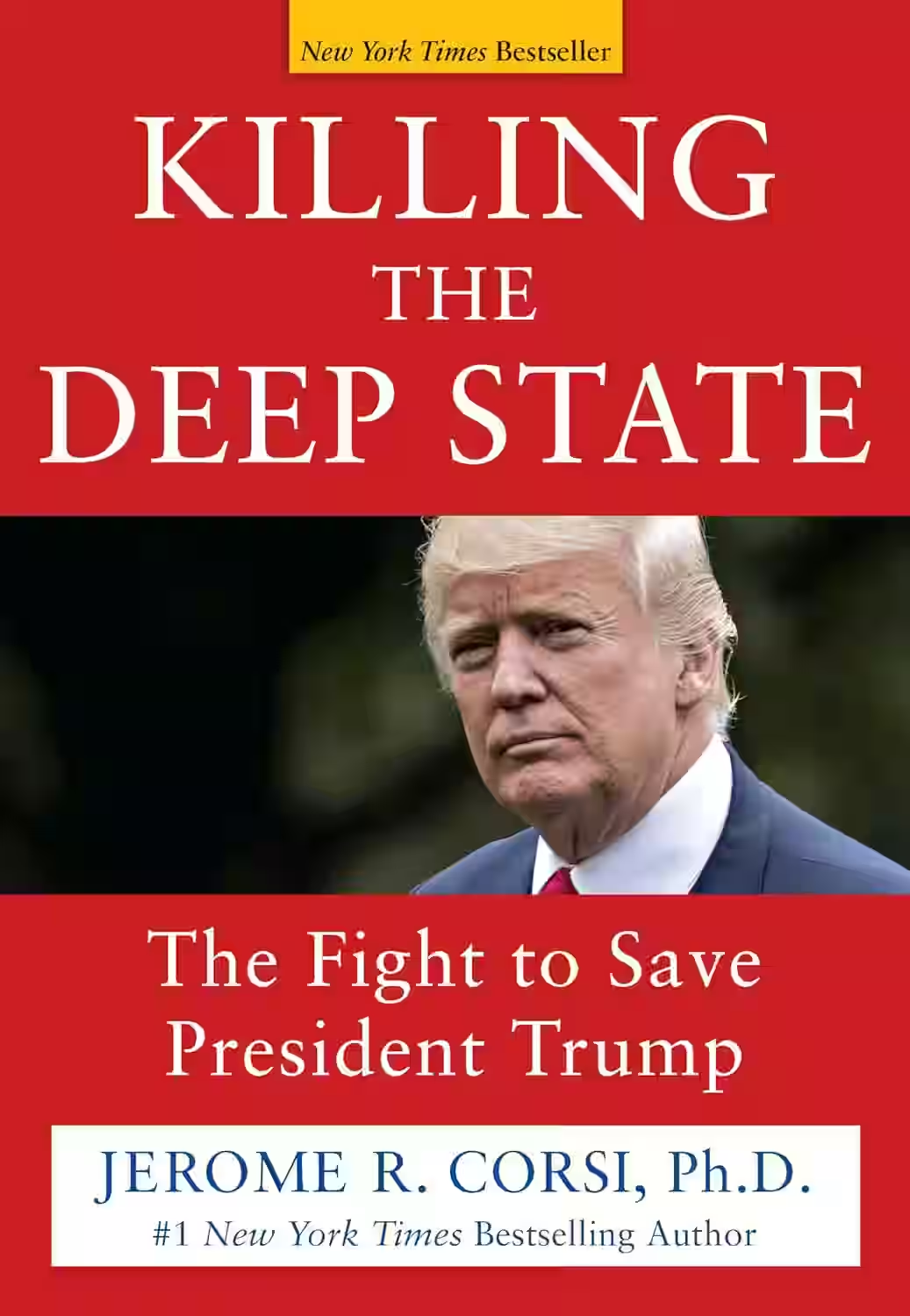
Killing the Deep State: The Fight to Save President Trump
In 'Killing the Deep State: The Fight to Save President Trump' by Jerome R. Corsi, readers are taken on a provocative journey through the murky world of politics and power struggles. The book delves into the alleged existence of a 'deep state' actively working against President Trump's agenda. Corsi weaves together conspiracy theories, alleged government corruption, and behind-the-scenes machinations in a gripping narrative that challenges readers to question the true nature of American democracy. While controversial and divisive, the book raises important questions about transparency and accountability in government. Whether you agree with its assertions or not, 'Killing the Deep State' is sure to spark debate and intrigue.
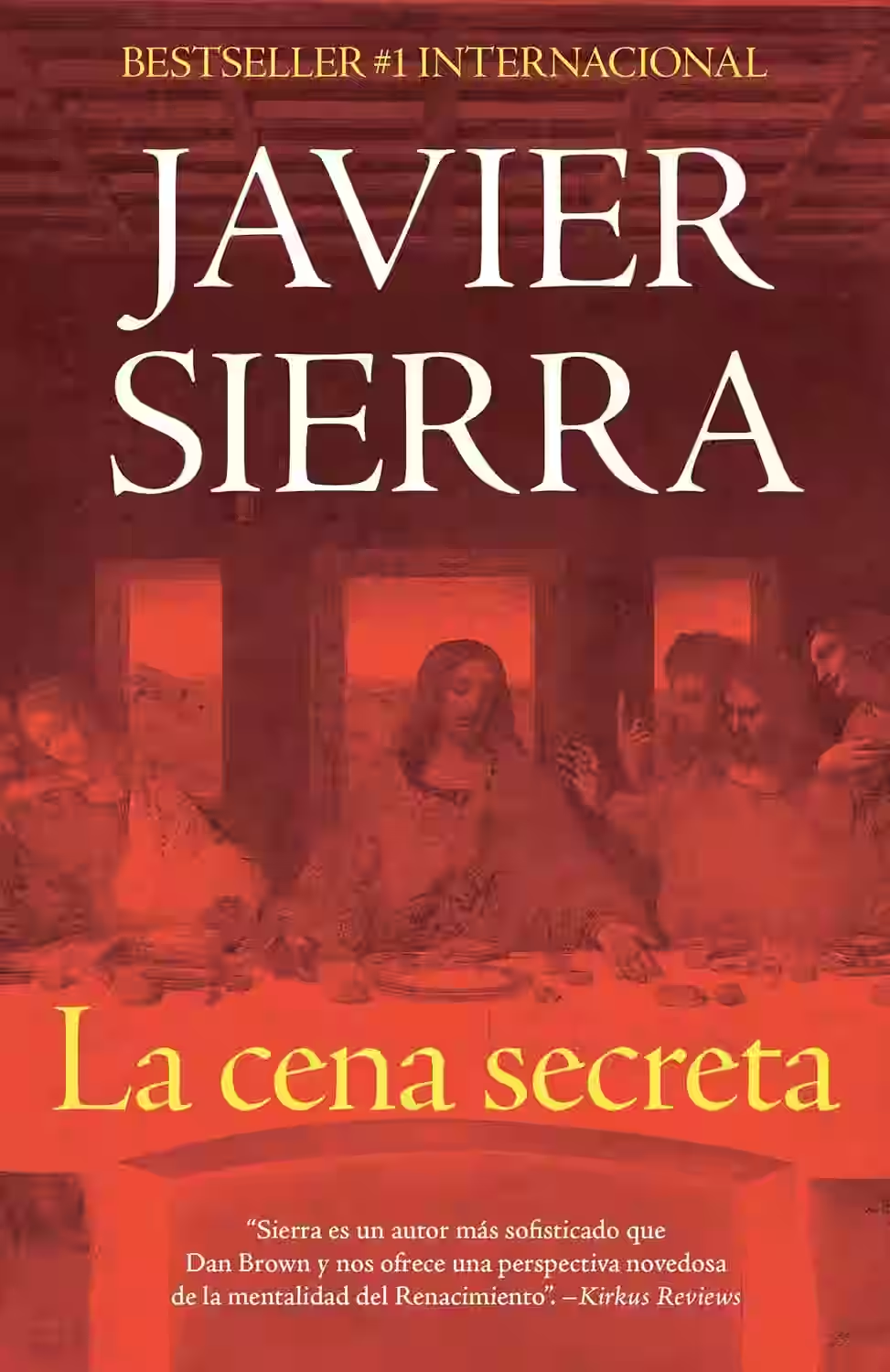
The Secret Supper
Javier Sierra's 'The Secret Supper' explores the depths of religious mystery and Renaissance intrigue, centering on the enigmatic figure of Leonardo da Vinci. Set against the backdrop of 15th-century Milan, the novel follows Agostino Leyre, a Dominican Inquisitor summoned to uncover the secrets hidden within Da Vinci's famous painting, 'The Last Supper'. As Leyre delves deeper, he navigates a complex web of codes, heresies, and conspiracies that threaten to unravel the very fabric of Christianity. Sierra masterfully weaves historical facts with fiction, providing readers with a rich tapestry of art, theology, and suspense while posing profound questions about faith and knowledge.
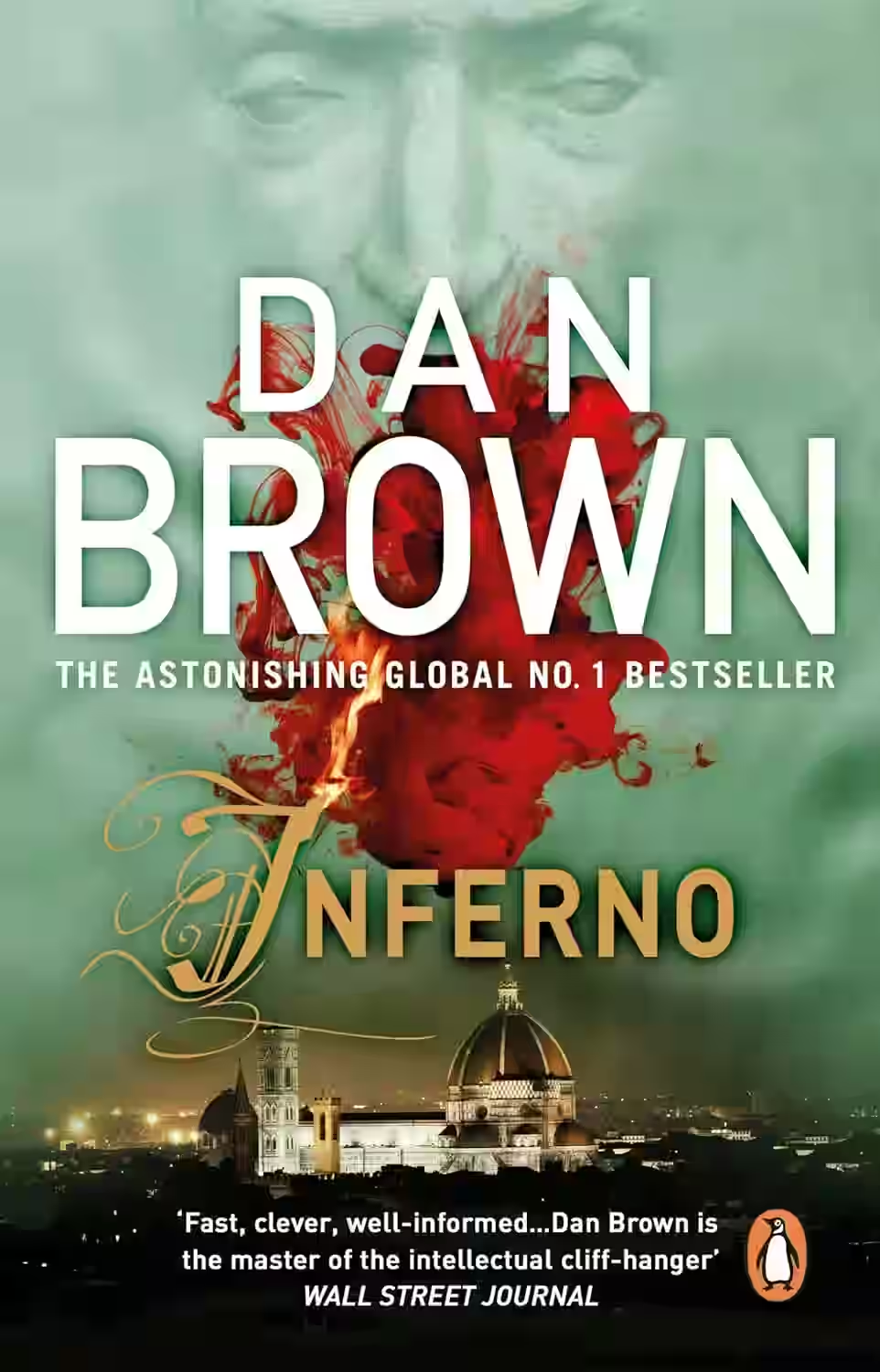
Inferno
by Dan Brown
Series: Robert Langdon (#4)
In Dan Brown's 'Inferno,' readers are taken on a gripping journey through the streets of Florence and the mind of renowned symbologist Robert Langdon as he unravels a mystery tied to Dante's epic poem, 'Inferno.' Fueled by a race against time, the novel dives into themes of bioethics, overpopulation, and the consequences of playing god. As Langdon deciphers cryptic clues, the intricate plot twists keep readers on the edge of their seats. Brown seamlessly weaves history, art, and science into a heart-pounding thriller that challenges moral boundaries and forces contemplation on the future of humanity.
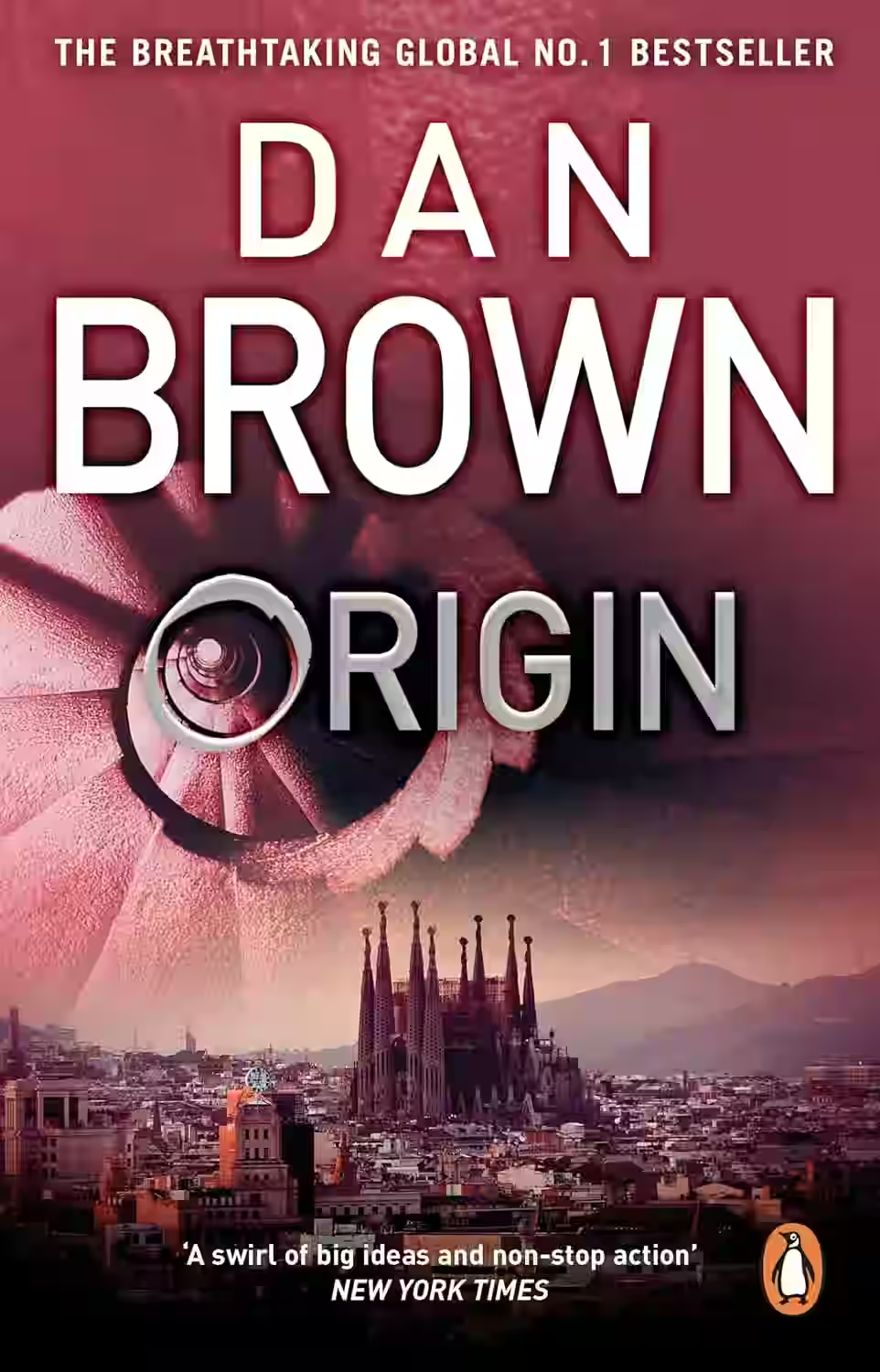
Origin
by Dan Brown
Series: Robert Langdon (#5)
In 'Origin,' Dan Brown takes readers on a thrilling journey combining elements of science, religion, and art in a new Robert Langdon adventure. The story begins at the Guggenheim Museum in Bilbao, where futurist Edmond Kirsch is set to reveal a groundbreaking discovery—one that promises to answer fundamental questions about human existence: 'Where do we come from?' and 'Where are we going?' However, Kirsch's announcement is abruptly cut short, plunging Langdon and Ambra Vidal, the museum's director, into a desperate quest across Spain to find clues that will unlock Kirsch's secret. Brown masterfully weaves complex ideas with a fast-paced narrative, challenging readers to ponder the impact of technology on faith while providing gripping suspense. Despite its ambitious scope, some find the explanation-heavy sections detract from the pacing. Yet, 'Origin' remains an engaging and thought-provoking read, encapsulating Brown's trademark blend of historical intrigue and modern conspiracy.
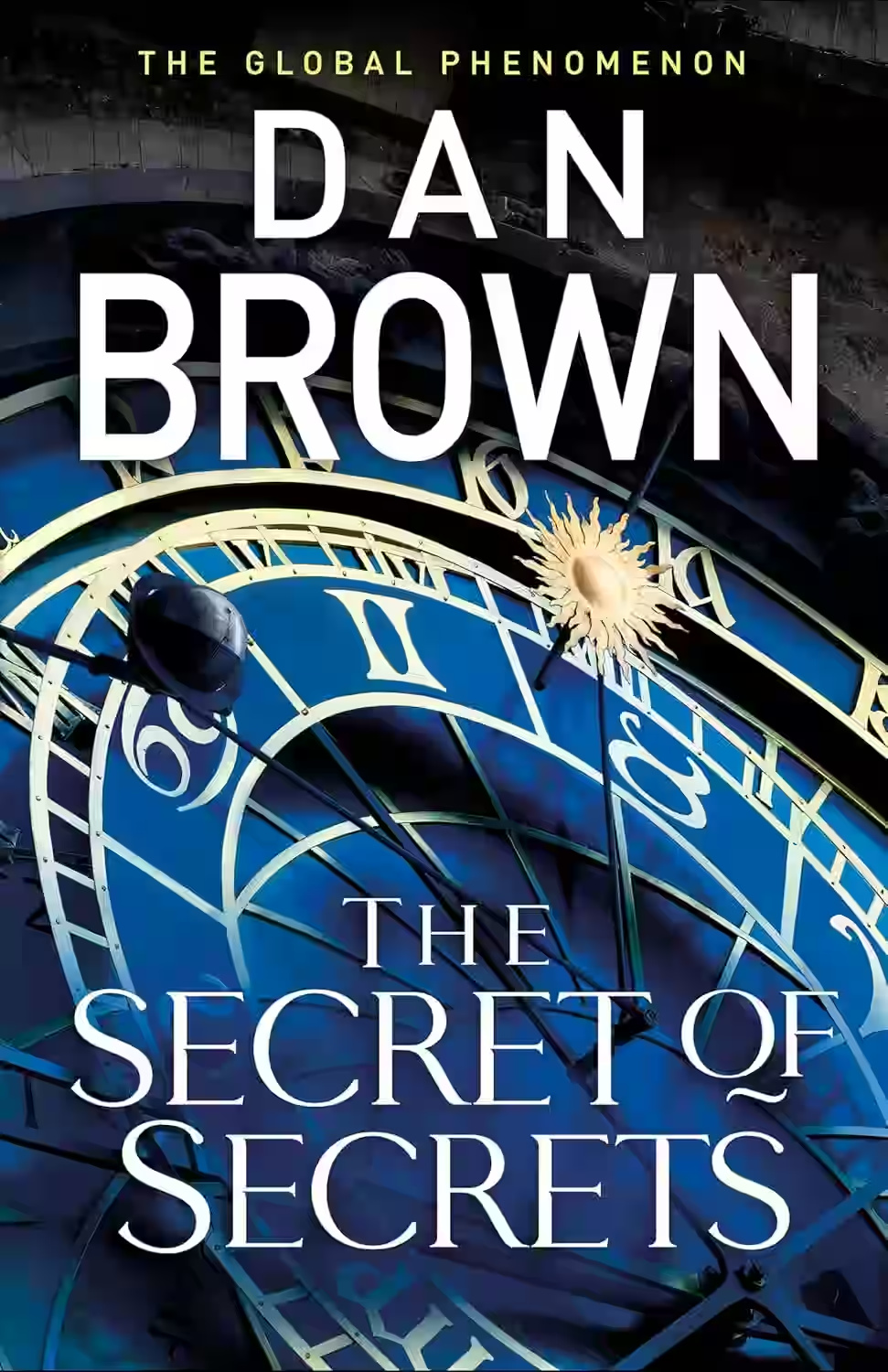
The Secret of Secrets
by Dan Brown
Series: Robert Langdon (#6)
In 'The Secret of Secrets,' Dan Brown embarks on yet another gripping adventure centered around symbology, antiquity, and the quest for forbidden knowledge. Through the eyes of the trademark protagonist, the renowned symbologist Robert Langdon, readers are whisked away on a global journey penetrating the world's esoteric traditions to unravel a clandestine truth hidden for centuries. The plot intricately weaves historical facts with speculative fiction, involving secret societies and cryptic codes that intrigue and educate simultaneously. With Brown's masterful narrative pacing and the book's underlying themes of truth versus belief, 'The Secret of Secrets' poses compelling questions about human curiosity and the foundations of knowledge. Fans of Brown's earlier works will find familiar twists, while the intellectual labyrinths ensure it's a mind-bending read until the very last page.
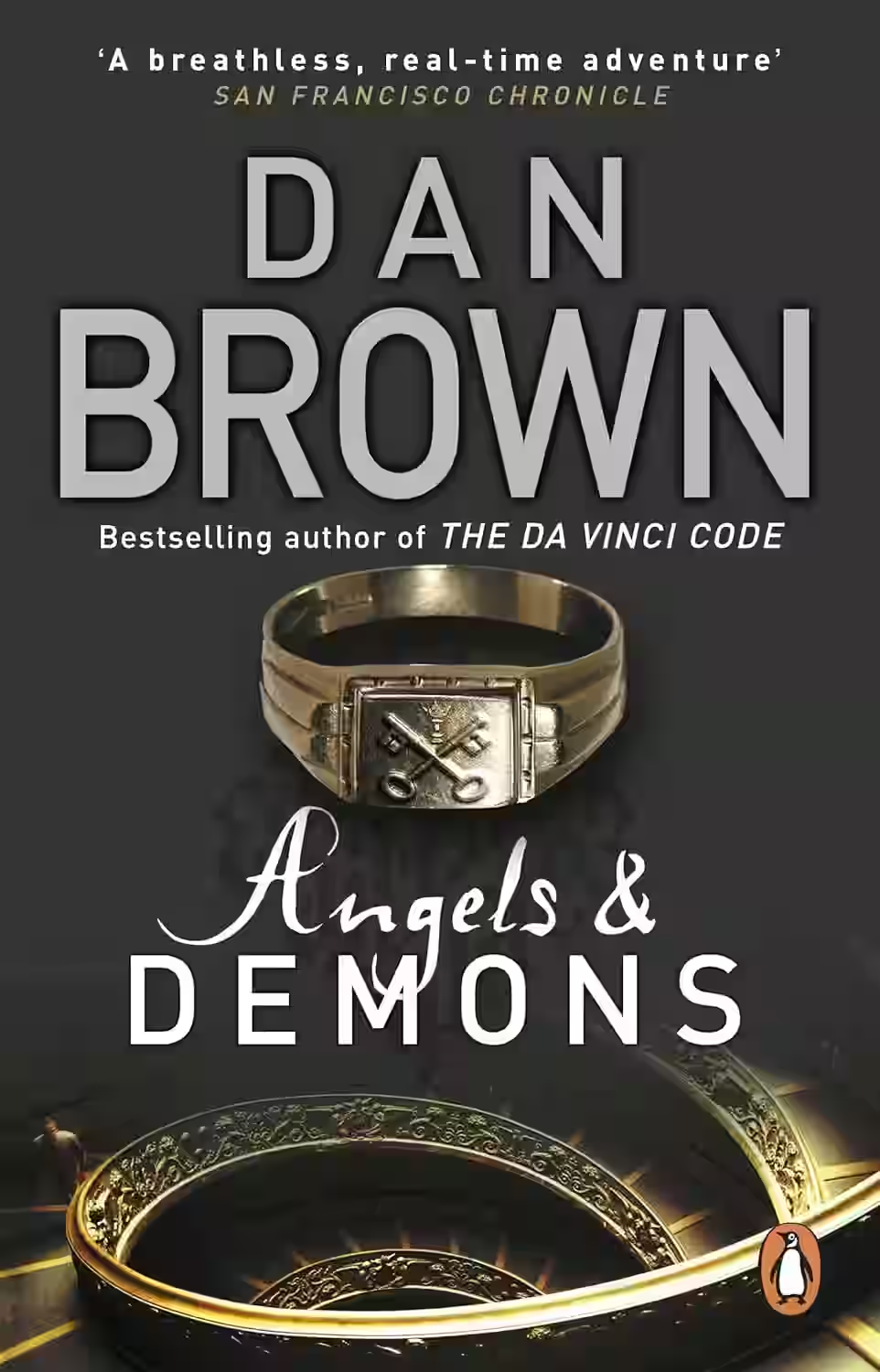
Angels & Demons
by Dan Brown
Series: Robert Langdon (#1)
Dan Brown's 'Angels & Demons' is a riveting thriller that explores the tension between science and religion, set against the backdrop of Vatican City. The novel follows Harvard symbologist Robert Langdon as he delves into a clandestine battle involving the ancient Illuminati secret society. Called to solve the mysterious murder of a physicist, Langdon discovers a plot to annihilate the Vatican using a volatile piece of antimatter. Rich in historical detail, the narrative weaves through a labyrinth of clues and symbols, offering readers a fast-paced journey filled with suspense. Brown's meticulous research combined with imaginative storytelling captivates, raising profound questions about humanity's religious and scientific beliefs.
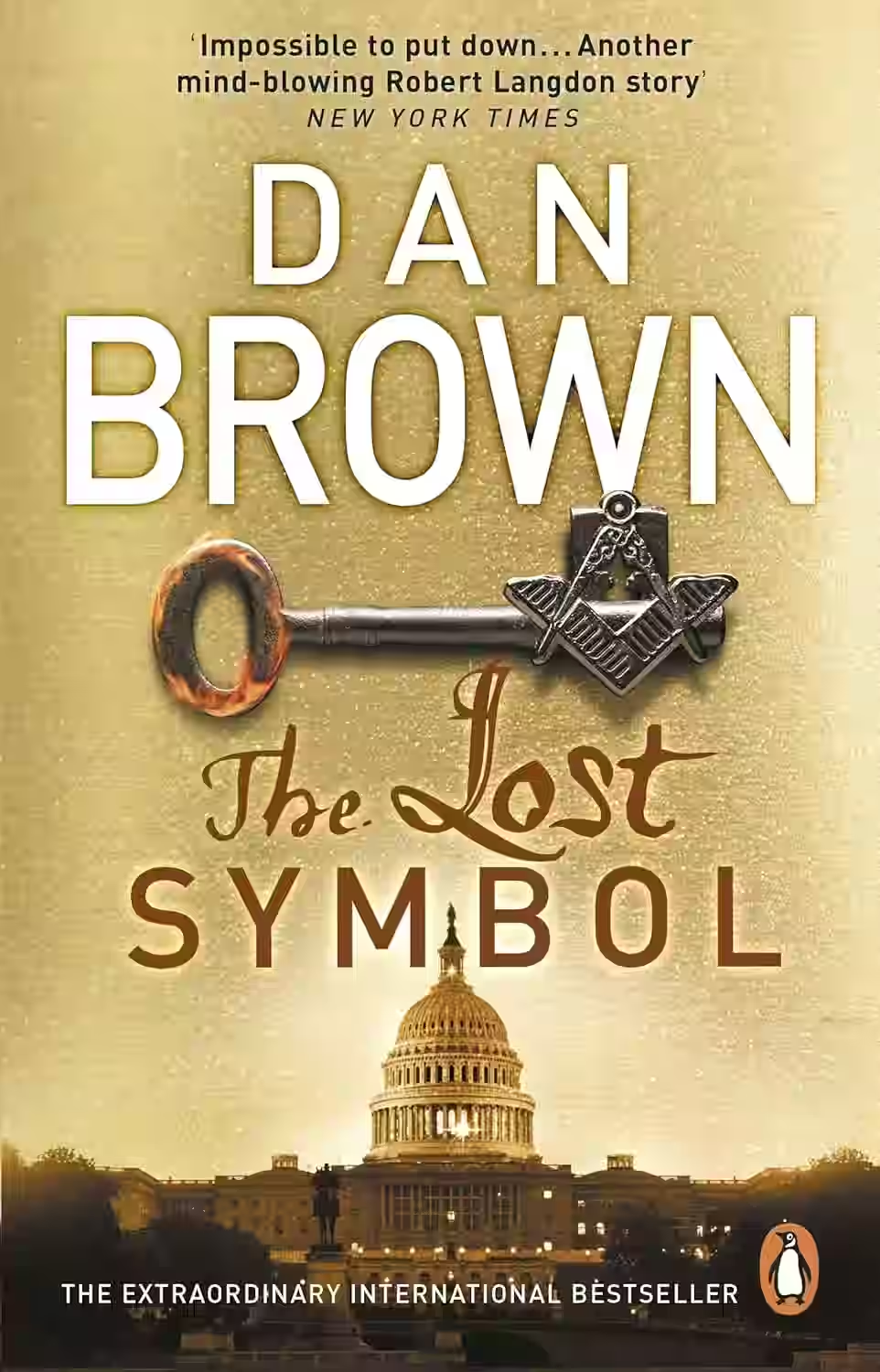
The Lost Symbol
by Dan Brown
Series: Robert Langdon (#3)
In 'The Lost Symbol,' Dan Brown propels readers into the heart of Washington, D.C., weaving a tale of intrigue and cryptic symbols through the eyes of Harvard symbologist Robert Langdon. The narrative is ignited by the mysterious disappearance of Langdon's friend and mentor, Peter Solomon, a prominent figure in the Masonic society. As Langdon deciphers codes within the architecture and art of the nation’s capital, he uncovers age-old secrets poised to alter human understanding and consciousness. The novel expertly delves into themes of power, faith, and the eternal quest for knowledge. With its layered complexity and vibrant depiction of a hidden world, Brown entices his audience through fast-paced storytelling and thought-provoking puzzles, leaving a lasting impression on readers enthralled by conspiracy and historical lore.